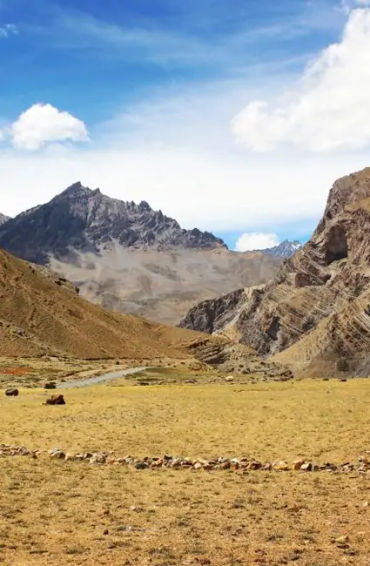
Did you Know? The sun is heating up and will kill all life on earth
The Sun appears to have existed in perpetuity, unchanged, but this is not the case. The Sun is gradually heating up. Every billion years, it becomes 10% more luminous. In fact, within a billion years, the Sun's heat will be so intense that liquid water will no longer exist on Earth's surface. Life on Earth as we know it will cease to exist. Bacteria may still exist underground, but the planet's surface will be scorched and uninhabitable. It will take another 7 billion years for the Sun to reach its red giant phase, at which point it will engulf the Earth and destroy it entirely.


